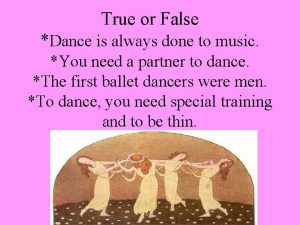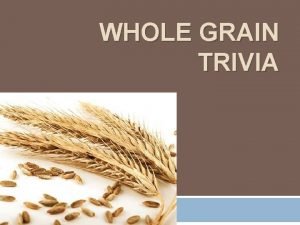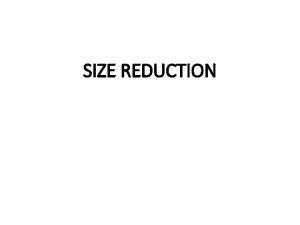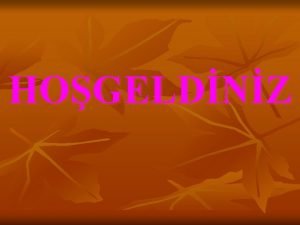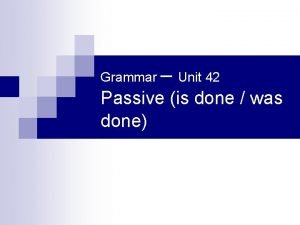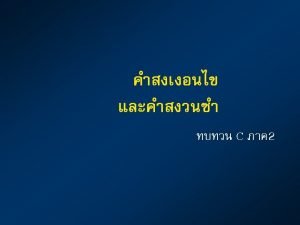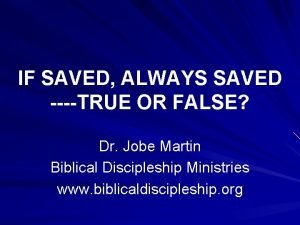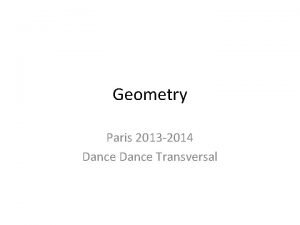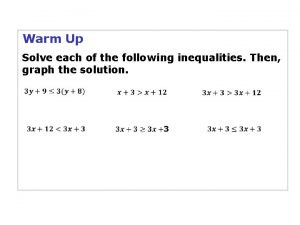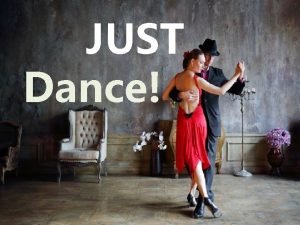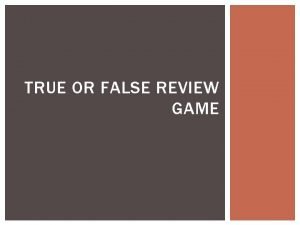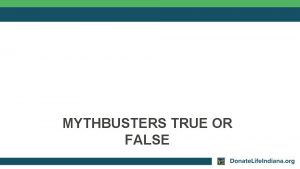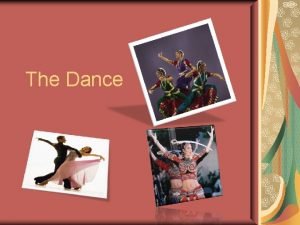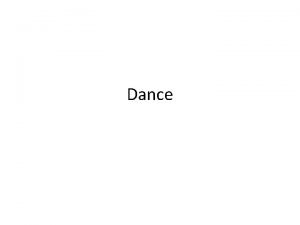True or False Dance is always done to













- Slides: 13

True or False *Dance is always done to music. *You need a partner to dance. *The first ballet dancers were men. *To dance, you need special training and to be thin.

Dance and Movement • What is the difference between everyday movements and dance? • When does movement become dance? • Movement becomes dance when the elements of dance (space, time, and force) are intentionally incorporated. • AH-E-2. 1. 31, AH-M-2. 1. 33

Dance has 3 main purposes: • ceremonial (religion, celebration, ritual), • recreational (folk, social dancing, aerobic dance), and • artistic (ballet, modern, narrative, tap, lyrical). • AH-E-2. 2. 32

Culture and Dance • Nearly all cultures incorporate dance in some way. • Dance is a major component of many cultures. • Dance is often used to communicate or celebrate.

Some more about dance and culture • Cultures use dance in ways that are both social and personal. • What are some examples of culture and dance you can think of? How do those cultures use dance? • AH-E-2. 2. 33, A-HI-2. 2. 31, AH-M 2. 2. 32

Dance is also representative of time periods. What time period do you think of when you hear: *Charleston, *Virginia Reel, *Swing, *Disco, *Break dancing, or *Hip Hop? How are the dances of these time periods related to the politics of the time? AH-H-2. 3. 31, AH-H-2. 3. 311

All dance movements can be labeled as locomotor or nonlocomotor. • LOCOMOTOR-movements that travel • NONLOCOMOTOR-movements that do not change location • AH-E-2. 1. 31

Dances are created by combining locomotor and nonlocomotor movements. A dance, like a book, has a beginning, a middle, and an end. AH-M-2. 1. 34

Dance is not only a combination of locomotor and nonlocomotor movements, but also the essential elements of SPACE, TIME, AND FORCE. AH-E-2. 1. 31, AH-M-2. 1. 31

SPACE • Pathways-curved lines, straight lines, zigzags, circles, figure-eights, and many more • Shapes-large, small, rounded, and angular • Levels-high, low, on the floor • Direction-forward, backwards, diagonally, sideways

FORCE • QUALITY-smooth, sharp, bound, free, flowing • ENERGY-weak, strong • WEIGHT-heavy, light, suspended collapsed

TIME • TEMPO-fast, slow, moderate • DURATION-short, long • BEAT-pulse of the music

Dance is often used to tell a story. AH-M-2. 2. 31, AH-2. 2. 32, AH-E. 2. 1. 31
 Dance is always done to music.
Dance is always done to music. Amer rasheed
Amer rasheed Flour is always made of wheat. true false
Flour is always made of wheat. true false Dance dance dance in the freedom we know
Dance dance dance in the freedom we know Fluid energy mill
Fluid energy mill Aldanma cahilin kuru lafına
Aldanma cahilin kuru lafına Passive 1 is done was done unit 42
Passive 1 is done was done unit 42 If false
If false Once saved always saved false
Once saved always saved false Always low prices always
Always low prices always Geometry bell ringers
Geometry bell ringers Inequalities warm up
Inequalities warm up Cha cha sline
Cha cha sline Just dance cultural appropriation
Just dance cultural appropriation
